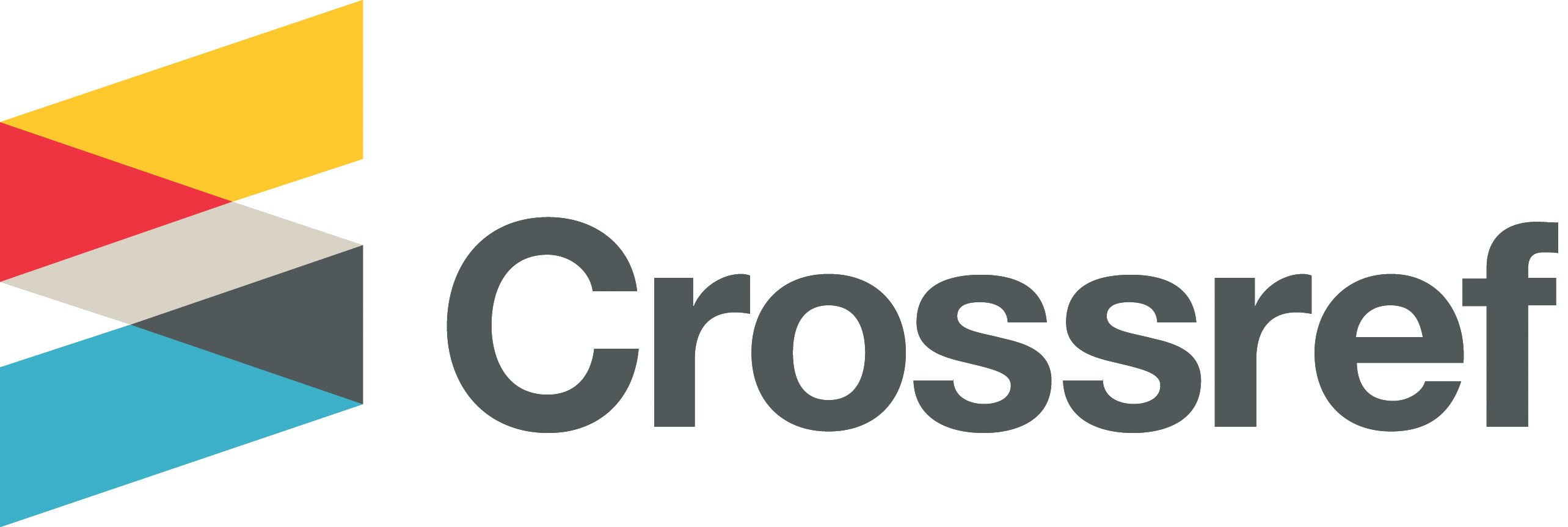APPENDIX 2
GRAPHIC PREPARATION GUIDELINES
When preparing graphics for your manuscript, please follow the guidelines below to ensure accurate and high-quality representation of your data.
Resolution: Aim for a minimum resolution of 300 dpi for line drawings and 600 dpi for photographs or combination artwork. This ensures clear and sharp images.
Size and Scaling: Size your graphics to fit within the desired dimensions of the journal's layout. Avoid excessive scaling up or down, as it may result in pixelation or loss of image quality.
Fonts and Texts: Use clear and legible fonts in your graphics. Ensure that texts are large enough to be easily readable when the graphic is reproduced. Avoid using text sizes smaller than 8 points.
File Formats: Save your graphics as high-resolution files in one of the following formats: TIFF, EPS, PDF, or JPEG. These formats provide excellent image quality and are widely supported.
Color: If your graphics contain color, ensure that they are accessible to readers who may be viewing them in black and white. Use distinguishable patterns or symbols in addition to color to convey important information.
Labels and Legends: Clearly label all elements in your graphics, including axes, data points, and units of measurement. Provide a comprehensive legend or caption that explains the content and context of the graphic.
Consistency: Maintain consistent style and formatting across all graphics in your manuscript. This helps readers navigate and understand the information presented.
Copyrighted Material: Obtain permission to use copyrighted material in your graphics, such as images or figures from previously published works. Provide appropriate citations and acknowledgments as necessary.
Figures: Each figure in your manuscript should be accompanied by a caption that includes the figure number and a concise description. The caption should be able to convey the main message of the figure independently, without requiring reference to the surrounding text. Additionally, it is recommended to incorporate any key to symbols directly within the artwork itself, rather than solely in the caption. This helps readers easily understand the meaning of symbols and abbreviations used in the figure. It is crucial to ensure consistency between the symbols and abbreviations used in the text and those depicted in the artwork.
Tables: Every table in your manuscript should be accompanied by a concise title that provides a brief description of its contents. The title should be able to convey the main information conveyed by the table without requiring reference to the surrounding text. It is important to avoid including excessive details in the title and instead use footnotes for additional explanations or clarifications.
Tables should be utilized when presenting data that cannot be easily understood in the narrative, when there is a need to present numerous numbers, or when the tabular format can effectively demonstrate meaningful relationships. The purpose of tables is to complement and enhance the information presented in the text and figures, rather than duplicating it. Therefore, it is essential to keep tables simple, concise, and focused.
Schemes: Each scheme, which represents a sequence of actions, should be accompanied by a brief caption that describes its contents. The caption should provide a concise overview of the actions depicted in the scheme, allowing readers to understand its content without needing to refer to the surrounding text.
Charts: Each chart, which consists of groups of structures without showing reactions, should have a brief caption that describes its contents. The caption should provide a concise explanation of the information depicted in the chart, allowing readers to understand its content without needing to refer to the surrounding text.













